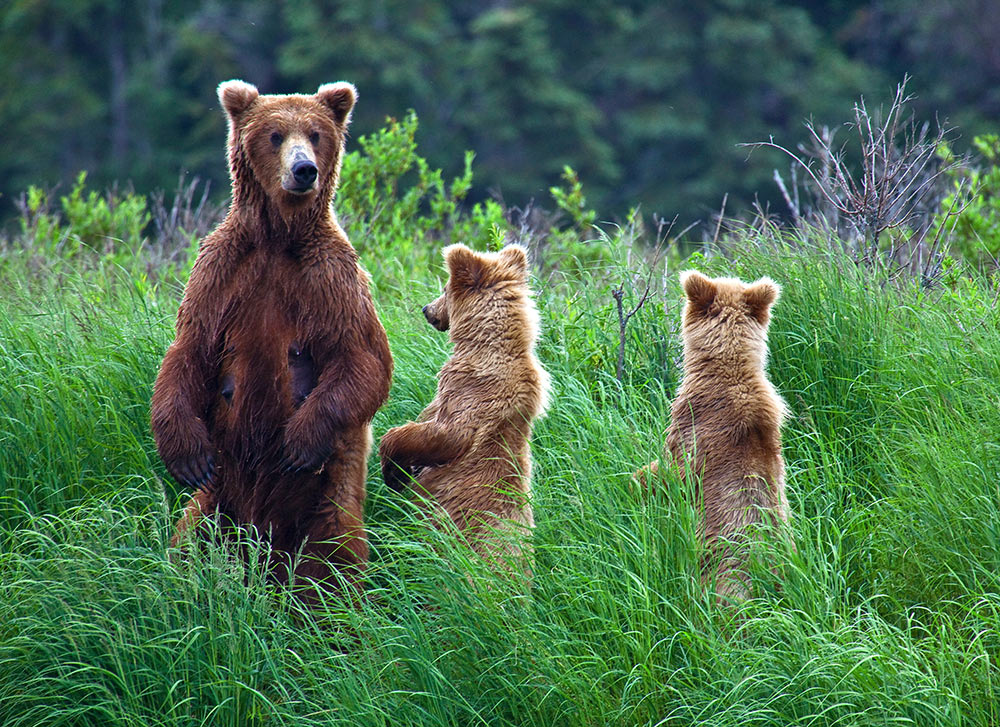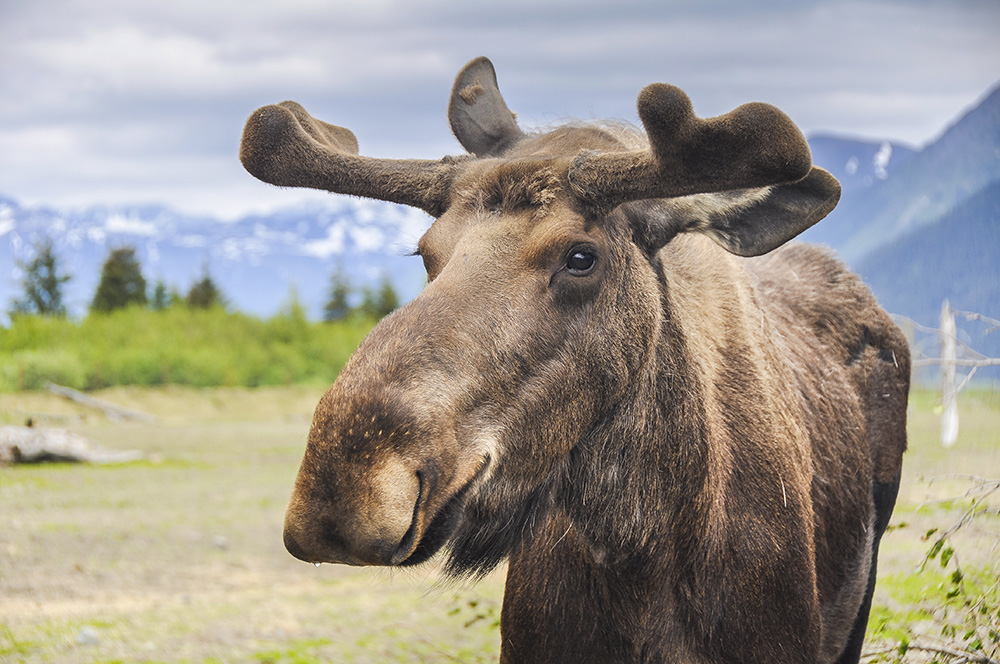Considering the veritable flood of reality shows set in Alaska in recent years, you might think you know quite a lot about the largest state in our nation. However, despite the word “reality” in the description of these shows, they fall far short of depicting the real beauty and diversity of Alaska’s wildlife. Guests wishing to travel to Alaska will enjoy a broad range of diverse species and experiences. Here is what you need to know to truly discover Alaska’s uninhibited wildlife.

ALASKA’S WILDLIFE DIVERSITY
Alaska measures 663,268 square miles in land area, more than twice the size of Texas. Its vast landscape includes forests, mountains, frozen tundra, sea coast, and over 300 small islands. It is home to 32 ecoregions – something like neighborhoods which share similar environmental conditions. This diversity of geography is mirrored in the wide range of wildlife seen across the state.
DENALI NATIONAL PARK
Located in the interior region of Alaska, Denali National Park is perhaps best known for being home to Denali, the highest mountain in North America. While 39 documented species of mammals live in the park, the sight of five particular species is so sought after that they are known collectively as the big five—moose, caribou, wolves, Dall sheep, and grizzly bears. Of those, Dall sheep are most likely to be found up in the mountains, while the others are found in lower elevations. If you travel to Denali National Park, remember that even in the summer, temperatures can drop into the 30s and snow is possible even in July.
WRANGELL-ST. ELIAS NATIONAL PARK
America’s largest national park, Wrangell-St. Elias is home to a variety of ecosystems – each with unique wildlife to enjoy. You are likely to see moose in forested areas, and these amazing mammals are the largest member of the deer family. Caribou, a species that actually outnumbers people in Alaska, are migratory animals that live in both forest and alpine tundra regions.

Among the many birds that live in the park are trumpeter swans, Canada geese, northern hawk owls, and woodpeckers. The seasons determine where you will find these animals. In the spring, many species migrate out of the forests and head to higher ground to forage for food. If you travel to Wrangell-St. Elias National Park in the fall, you are likely to find bears near salmon spawning streams.
KENAI FJORDS NATIONAL PARK
Located on the Kenai Peninsula, Kenai Fjords National Park is an excellent place to see various marine animals, including orcas, humpback whales, sea otters, harbor seals, and Dall’s porpoise. In order to survive in the frigid Alaskan waters, these animals have developed unique features. Sea otters, for example, have incredibly dense fur to insulate them from the cold temperatures. Harbor seals eat the fish that live far below the surface and can survive underwater for almost an hour before needing to come up for air. If you travel to Alaska’s Kenai Fjords National Park, you will have the opportunity to experience marine wildlife in its most pristine condition.
The amazing variety of wildlife in Alaska can easily be seen by visitors in the protected areas of national parks. Each park has its own unique range of ecosystems, with specific ecosystems determining which species live within each park’s borders. Whichever corner of the state you visit, however, you are certain to see a much more authentic and awe-inspiring side of Alaska than is depicted on any TV show.